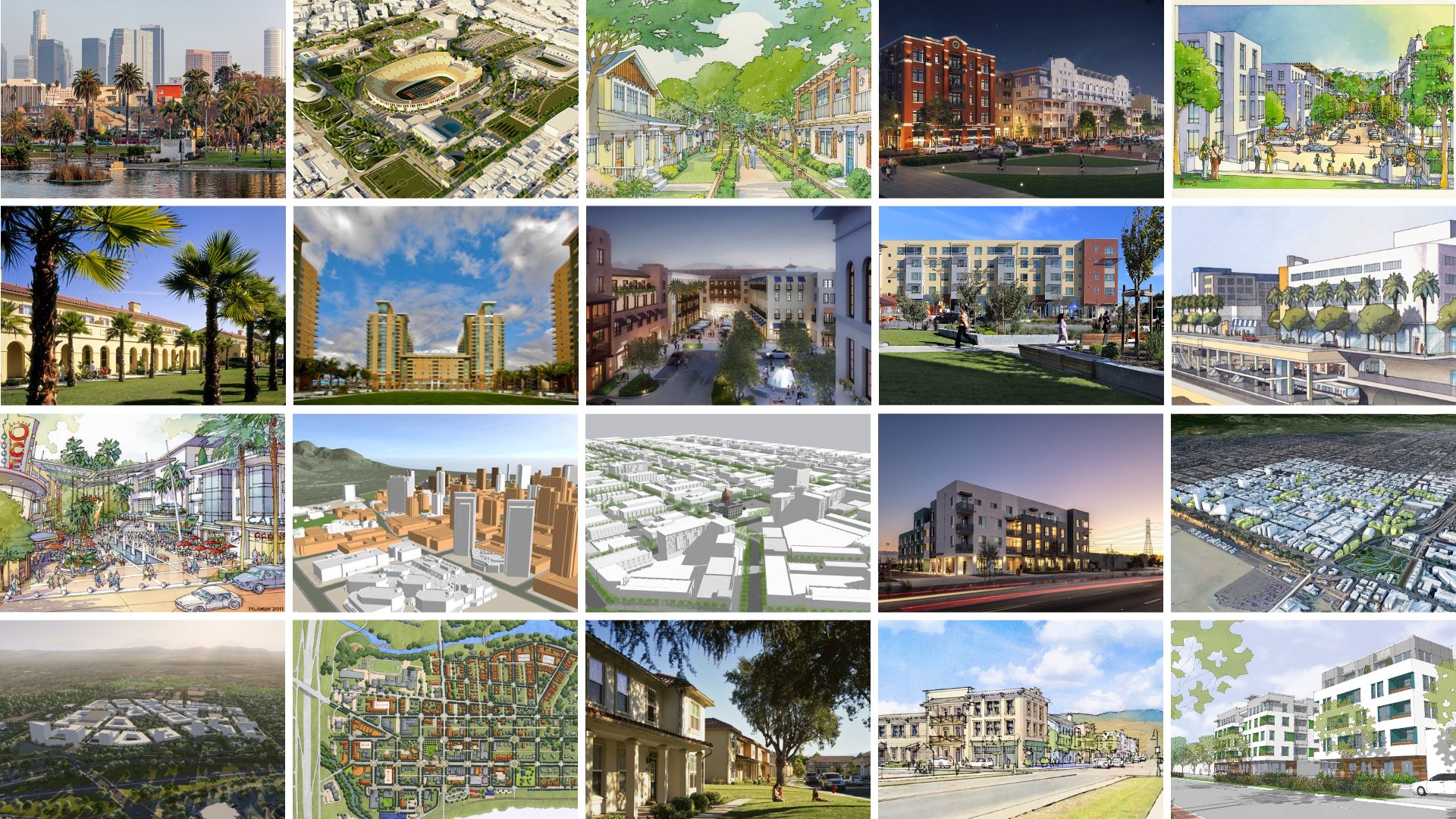
John Torti interviewed for the Australian publication Bluenotes!
The article is about skyscrapers and how that type of residential design seems to have taken over cities across Asia-Pac, especially in Melbourne and Sydney.
John Torti was recently
asked to respond to a question from JP Pelosi, a journalist in Sydney,
Australia who is writing an architectural article for a well known business
publication there called Bluenotes.
The article is about skyscrapers and how that type of residential design seems
to have taken over cities across Asia-Pac, especially in Melbourne and Sydney. Mr.
Pelosi is trying to establish that while these buildings boast plenty of modern
styles, amenities and technology, they can also create an imposing cityscape
where it's perhaps sometimes not needed.
John was asked: “Can smaller, more
considered and sustainable apartment buildings become the norm in big cities,
or does the 'bigger is better' idea usually trump smaller designs? And, if so, why?” His response follows.
“Your question is a seminal question in the design of cities. As Leon Krier
states, ‘buildings can be of any height, as long as they are only three stories’.
To me it is a question of
appropriateness. Certain places like Hong Kong and Vancouver, essentially
limited by their geography have developed as vital high-rise cities. Clearly,
Manhattan is noted for its skyscrapers which occupy only a small portion of the
city. So if a city “needs” to have its symbol of economic power in the form of
the mighty obelisk, so be it.

To me, this is a game of national marketing not a methodology of making good neighborhoods, which, in turn, make great cities. Paris, Rome, Amsterdam, Melbourne, and Washington, DC, are a small list of beautiful, livable cities that historically have not had tall buildings. One might say that these are cities at human scale that range from 2 to 12 stories and are great walkable places. If you believe, as I do, that the walkable city is a good idea, you understand that a balanced mix of uses can accommodate from 1,200 people at the 2-story VILLAGE scale to 35,000 people at the 12-story CITY scale FOR EACH 1/4 MILE RADIUS NEIGHBORHOOD or 125 ACRES. A working definition of a walkable neighborhood is 1/4 mile in radius or a 5-minute walk from center to edge.
There are too many great examples to deny this. We here in the US, the land of sprawl, are now learning how to densify our existing suburbs without using Greenfield land. Most of this work is, I am happy to say, transit oriented, between 4 and 8 stories, mixed use, walkable and on heretofore underutilized land (parking lots, fallow ROW’s, defunct single story retail and institutional land that was not used).
JP, in addition to the smaller increment of development, which allows for better scale and grain of neighborhoods, this type of place fits the classical notion of the innate relation to the human scale and psyche. People feel better, are attracted to, and, are just happier in places in which they are comfortable.”







.jpeg)

